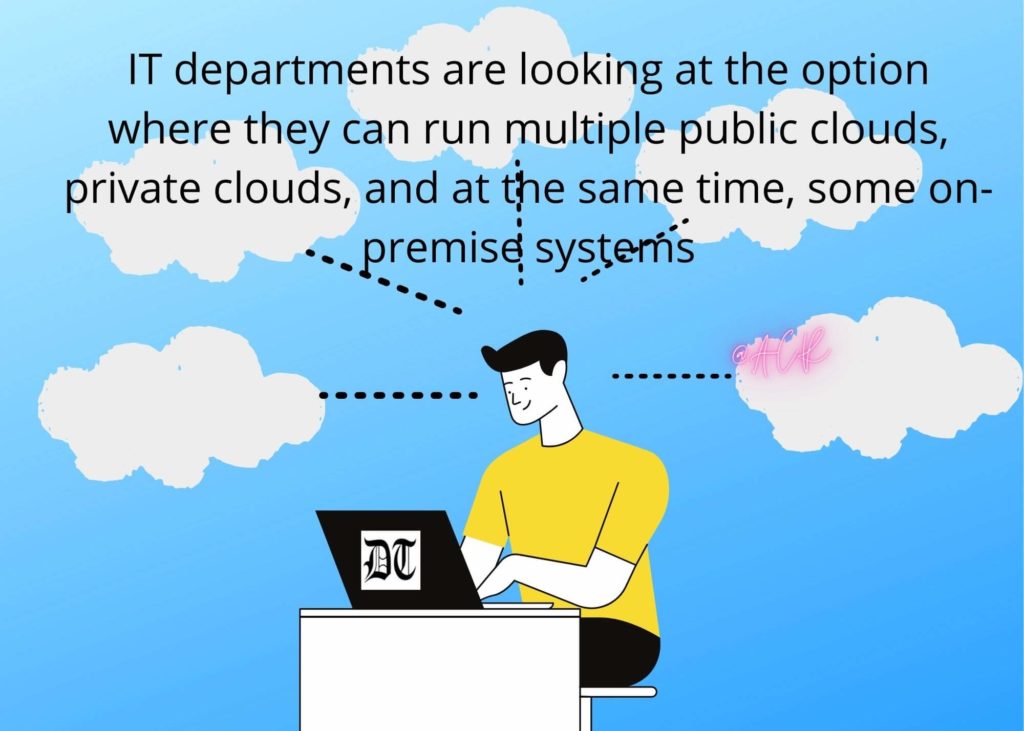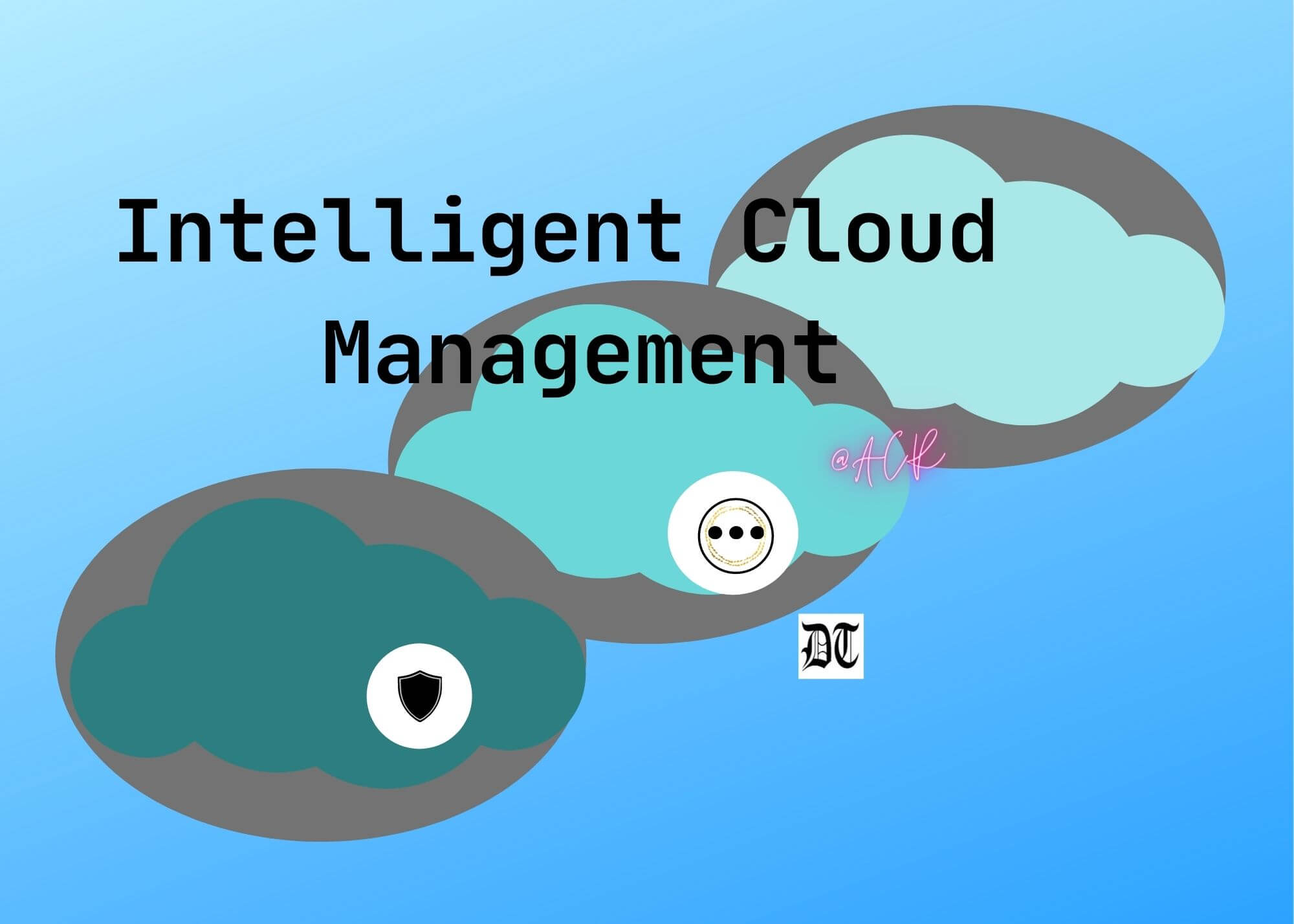Palash informs that many organisations are in a phase of movement towards hybrid and multi-cloud deployment, an emerging trend in the IT sector. An exclusive for Different Truths.
A trend has been noticed that many organisations are in a phase of movement towards hybrid and multi-cloud deployment. Not only that, but its data centres are also decommissioned. It is using Amazon Web Services (AWS) to host the non core IT system. Adoption of a multi-cloud strategy for its IT infrastructure requires having the exact information to understand what runs best in each workload. The movement is done to simplify the workload, and this requires analysis of the value chain, retaining the IT where we will be able to bring a competitive advantage.
In the current scenario, IT departments are looking at the option where they can run multiple public clouds, private clouds, and at the same time, some on-premise systems.
In the current scenario, IT departments are looking at the option where they can run multiple public clouds, private clouds, and at the same time, some on-premise systems. Crucial challenges are eliminated in this form like, vendor lock-in, latency, and higher cost. Apart from that, vendors’ unique capabilities can be leveraged in Artificial Intelligence (AI), serverless computing.

But the thing is, if you are developing software or some application, which is built on multi-cloud architecture the entire process gets challenging. A well-defined cloud management strategy helps the organisation achieve self-service capabilities, which, in turn, eliminates the traditional process of IT resource provisioning. Then workflow automation is done in which business processes are completed without human intervention.
Another advantage is cloud analysis, which means organisations can actually use the best available resources as per their requirement. And adding to that companies can change the cloud provider, or they can migrate the workload from public cloud to private cloud.
Once, in an organisational set up, there was a significantly underutilised set of AWS resources leftover from a professional service engagement. Now, what they did was they used the beam report as a guide. Those resources were deactivated, and the monthly costs were reduced by 50 percent almost.
…if the data security and cost-saving goals of the client are not at stake this is something that will be the next big thing in the IT industry.
However, right now the focus is on security and governance, control, orchestration. It is also important to understand the economic impact of the same. These are tools that support intelligent multi-cloud in different areas like IT asset management, expense management, and data lifecycle management. It is obvious that ultimately if the data security and cost-saving goals of the client are not at stake this is something that will be the next big thing in the IT industry.
Apart from cloud management platforms, there are some third-party tools that do provide monitor software and they are able to manage workloads, which run in the public cloud. Irrespective of the fact it is a cloud service, it is an application, or it is a virtual machine or any container once a descriptive tag is used it is easy for the IT administrator to quickly identify, who owns the workload and on the successful execution of this task automation of certain admin is possible.
The issue is that in the changing work pattern in the IT / BPS sector employees must adjust to working from a home pattern. So irrespective of the fact an employee works in a technical or non-technical profile, he /she has to gain the specific skill set in technical knowhow to ensure his job is secure.
Visuals by Different Truths





 By
By

